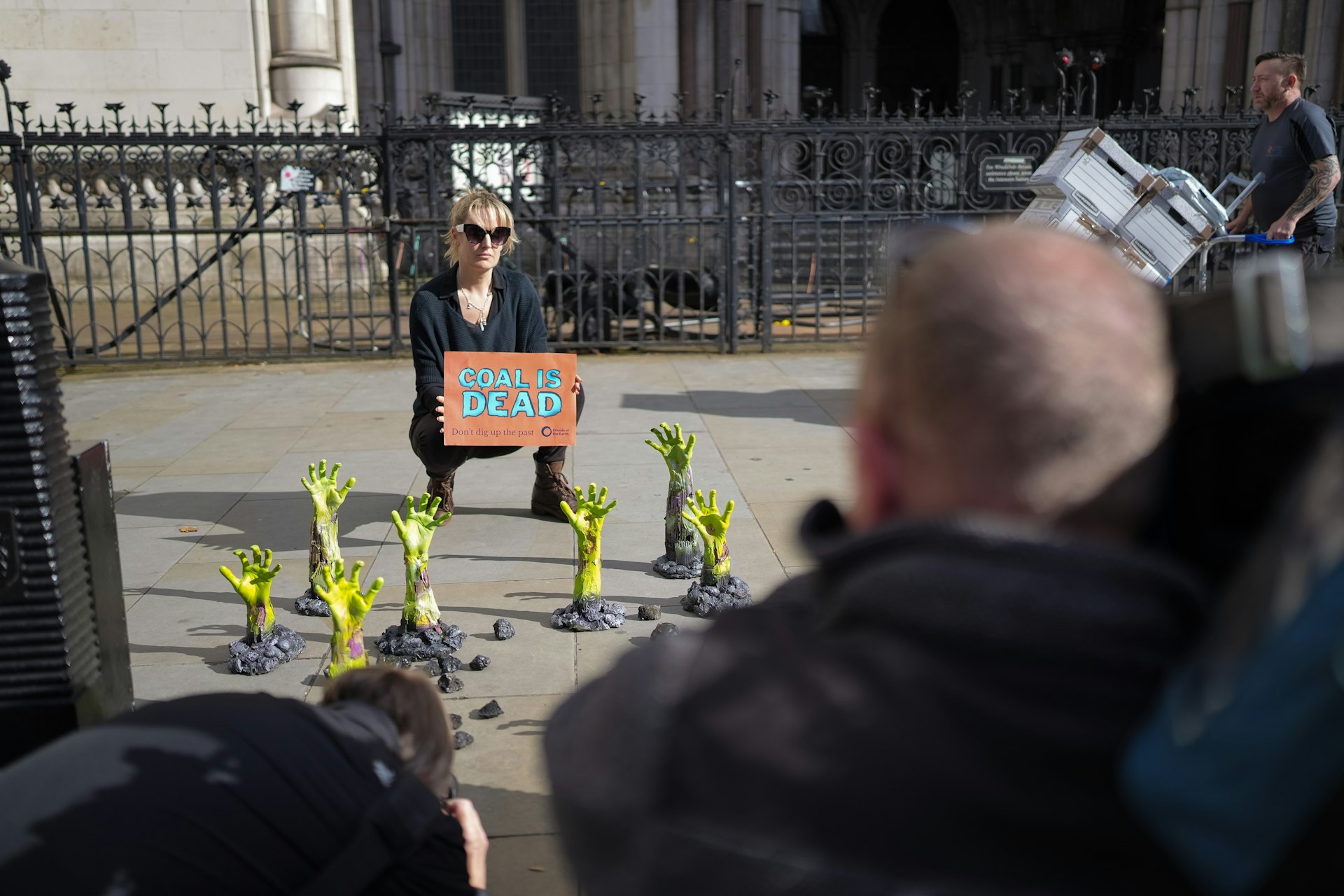Bangladesh Surf
- Text by Cyrus Shahrad
- Photography by Cyrus Shahrad

At 4pm on my second day in Bangladesh I wake from a jet-lag slumber in a paint-peeling, fly-infested hotel room in Cox’s Bazar. I flip on export strength Indian MTV as I dress, marvelling at its garish adoption of Western norms – the ads for skin-lightening creams, the reality shows hell-bent on breaking up relationships – before stumbling downstairs and out into the sunlight, blinking away a shimmering band of gold where the ocean meets the sand.
Within seconds I’m set upon by a swarm of sinewy rickshaw drivers, their arms and legs so lean that it’s hard to tell where man ends and machine begins, their colourful carriages decorated with religious icons and the faces of national film stars. I muscle past them and press along the promenade – past tin shacks selling bottled water and strung bunches of black bananas, past shop fronts hung with dried fish carcasses spiralling in the sea breeze – and down a few stone steps to the sand, which burns my feet through my flip flops.
Running over 120 miles, Cox’s Bazar is the longest unbroken sand beach in the world, and draws a great deal of wealthy Bangladeshi tourists as well as the occasional Westerner, the latter attracting hordes of sun-blackened beach children with gap-tooth grins and arms strung with seashell necklaces for sale. I keep to the far side of the beach and watch as men and women wade out into the warm blue water fully clothed to preserve their religious dignity, screaming with excitement as wave after wave rears up and over them. A safe mile from the madness of the main beach, wiry fisherman can be seen dragging wood framed nets into and out of the water, a practice that hasn’t changed in centuries. Behind me, beyond the five-star hotels and flash restaurants, the lush fringe of the Chittagong Hills marks the start of a sprawling jungle spiked with ancient temples and traced by tigers.
My destination is the Mermaid Café, which the Lonely Planet guide glowingly describes as serving ‘quite possibly the best food in all of Bangladesh’, as well as having ‘an odd surfboard or two that it will rent out’. The latter statement I’m able to dismiss immediately; the only board in the building is broken in half and dramatically nailed to one wall. I seat myself at the bar and order a mango juice, and while it’s being made I ask the barman about the surf club. He reaches for a pen and scrawls a phone number and a name on the back of a napkin: Mr Jafar Alam.
The name I already know. It was Jafar who ten years ago returned from a holiday in Hawaii with a surfboard and a determination to begin riding the waves that broke almost against his front door. His obsession drew first the ire and later the admiration of locals, and soon kids were swarming the shoreline to marvel at the way their softly spoken neighbour was able to hover god-like in the mouth of the wave.
Seeing the potential for a small revolution, Jafar contacted his friends in Hawaii, and a charity was established to begin sending unwanted surfboards to Bangladesh. It was with these boards – all dings and peeling stickers and turning yellow from exposure to the sun – that Jafar founded his Bangladesh Surf Club, offering boys and girls a chance to escape their impoverished backgrounds and find a rare moment of communion amid the tumbling waves.
“Will he mind me calling?” I ask the barman.
“Oh, he is not here.” He sets my mango juice on the bar, a cardboard lid in place to keep off flies. “In Hawaii. Surfing.”
Jafar Alam may be notable by his absence, but it doesn’t take more than a few minutes of loitering outside the Bangladesh Surf Club for a local to guess my intention and lead me to the house of rider Rashid Bappy, whose father welcomes me like a family member and serves sweet, milky chai while we await his son. When Rashid finally returns from work – a Bangladeshi Baywatch extra in mirrored sunglasses, boardshorts and artfully tousled hair – he phones a friend, Kamal, who ten minutes later turns up with three boards from the clubhouse poking out the boot of his battered hatchback.
We take the long route to the beach so that Rashid can point out the side of Cox’s Bazar that tourists never see. Doors flap uselessly on to the street where there are doors; gaping entranceways frame women rocking wailing babies where there aren’t. Palm trees shift over rusted corrugated roofs, and bare-chested men shuffle up the street bent double by sacks of rice or bundles of scrap metal.
“There is nothing for us to do here,” says Rashid. “Tourists call this a pleasure resort, but it is not a pleasurable place to live without money. That is why we surf. It allows us to forget all of this and enjoy moments together.”
Rashid describes how he wakes every morning at 5am to surf the high tide with members of the club before they scatter to their respective service industry jobs in the hotels and high-rise apartments of the promenade. Rashid works for a deckchair company; Kamal washes dishes in a restaurant. After work they meet again to surf the evening tide, and afterwards gather around the television in Kamal’s living room to watch The Billabong Odyssey (another gift from Hawaii) and plan surf trips they know none of them will ever be able to afford. Kamal asks where I normally surf, and I say Great Britain. He says that’s top of his list, and I tell him not to bother.
Half an hour later we’ve parked up and weaved a path through the last of the sun loungers. The waves are rolling in nicely, suitably small given the summer months (they reach high overhead in winter), but clean and consistent, and the lapping shoreline that meets my feet is warm as bathwater. We attract a few stares as we attach our leashes – local fisherman may be used to the sight of surfers, but for tourists this is still a carnival of confusion – but it’s attention that Rashid and Kamal seem to savour as they begin paddling out and beckon for me to follow, my board decidedly lopsided from a sizeable ding on its belly.
We duck dive wave after wave, each face a funnel of pink reflected from the setting sun, before emerging out back in a moment of calm and sitting in silence to take stock of the skyline. The sand appears to stretch like time itself from the past on one side towards the future on the other, with the present somewhere in between, a cluster of glass and concrete monstrosities on the verge of being reclaimed by the jungle looming overhead.
As I’m paddling for my first wave Kamal calls and asks which football team I support, and I lie and say Chelsea, just to annoy him. One moment there’s a chorus of horrified jeering, chants of ‘Manchester United’ and ‘Rooney, Rooney’; the next, their voices are lost against the rush and babble of the breakwater as it lifts and carries me home.
Latest on Huck

Autism cannot be cured — stop trying
A questionable study into the ‘reversal’ of autism does nothing but reinforce damaging stereotypes and harm, argues autistic author Jodie Hare.
Written by: Jodie Hare

Bristol Photo Festival returns for second edition
After the success of it’s inaugural run, the festival returns this autumn with exhibitions, education and community programmes exploring a world in constant motion through still image.
Written by: Ben Smoke

Documenting the life of a New York gang leader paralysed by gun violence
New photobook ‘Say Less’ is a complex yet humanising look into a life wrecked by gun violence and organised crime.
Written by: Isaac Muk

The woman who defined 80s Hip Hop photography
A new exhibition brings together Janette Beckman’s visionary and boundary pushing images of an era of cultural change and moral panic.
Written by: Miss Rosen

In photos: the dogs of Dogtown
A new photobook documents Venice Beach’s four legged friends and their colourful cast of owners.
Written by: Isaac Muk

Inside the battle to stop coal
As the legal challenge against Britain’s first deep coal mine in 30 years reaches the High court, we talk to activists at the centre of the fight to stop it.
Written by: Ben Smoke